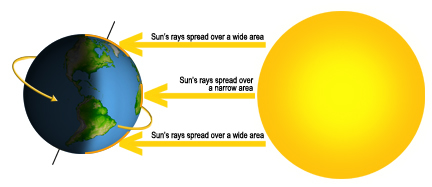Once a novelty associated with mad scientists and eccentric visionaries, solar panels eventually became a mainstream technology in the early-21st century. They went from being a rare sight to frequently spotted on rooftops all around town. That transition is owed mostly to the increasing affordability of solar panel installations and a growing desire among the public to support green energy solutions.
However, despite the relatively widespread popularity of solar panels, they still seem to be less common than one might expect. After all, if you have a roof facing the sky, you have the potential to harness solar power. So why aren’t there solar panels on every upward-faced outdoor surface?
One commonly cited reason why we don’t see more solar panels out there is the limit on the amount of energy they can reliably generate. For example, fast car chargers with solar canopies draw most of their power from traditional energy sources, i.e., the local energy company. The energy provided by the solar panels is a relatively small portion.
But every little bit helps, right? Even if a single solar panel doesn’t generate a whole lot of energy over the course of a day, the amount it provides justifies its existence, given the renewable nature of solar power.
Another reason for the apparent lack of solar panels out there is the conspiratorial effort to slow down their implementation. It sounds like the plot of a mediocre airport novel, but energy companies take deliberate steps to discourage customers from embracing solar power. Why? Simple: money.
Those with solar panels attached to their roofs are essentially their own miniature power company, contributing excess energy to the grid in the hours when the panels are most exposed to the sun. Due to this exchange, energy companies end up paying homeowners, rather than the other way around.
To prevent it from becoming a widespread trend, power companies choose to increase their rates when solar options enter the arena. This effectively offsets the savings incurred by using solar energy.
While many people are motivated to use solar because they care about the planet, most people are driven by financial aspects. Remove the savings potential of solar power and you remove the primary incentive most individuals and businesses have to invest in them.
“Is it worth the cost?” That’s the question you hear over and over again when it comes to the implementation of solar panel arrays. It most certainly is, over the course of many years, but most people don’t think in terms of decades. Will solar lead to savings in the near future? Unfortunately, the answer to that is less certain.
But every little bit helps. Let’s not lose sight of that fundamental truth about renewable energy options. So long as the end is access to renewable energy via means that will endure for decades, the upfront investment will always be worth it.
So, why aren’t there solar panels on every available surface? Because there isn’t enough incentive to make it happen. Until that changes, empty roof space will continue to be the norm, rather than the exception.
Find a solar farm near me.










